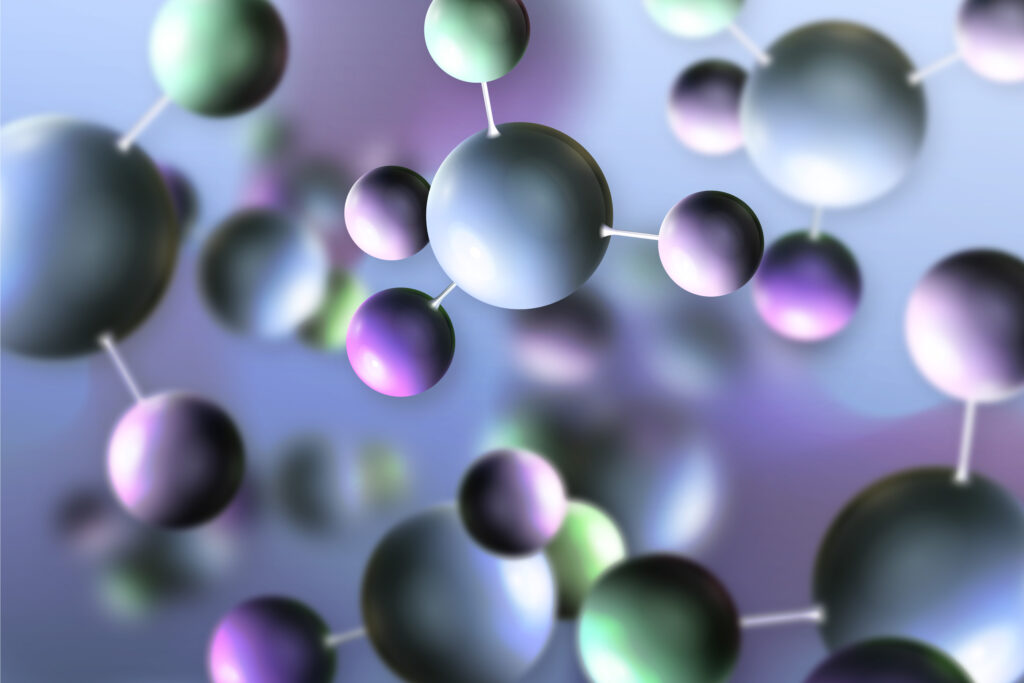Diag2Diag brings fusion reactors closer to commercial viability
Scientists developed Diag2Diag, an AI system that enhances plasma diagnostics, supporting reliable and economical fusion power development.

Researchers have developed an AI tool that could make fusion power more reliable and affordable. Diag2Diag reconstructs missing sensor data to give scientists a clearer view of plasma, helping address one of fusion energy’s biggest challenges.
Developed through a collaboration led by Princeton University and the US Department of Energy’s Princeton Plasma Physics Laboratory, Diag2Diag analyses multiple diagnostics in real time to generate synthetic, high-resolution data. It improves plasma control and cuts reliance on costly hardware.
A key use of Diag2Diag is improving the study of the plasma pedestal, the fuel’s outer layer. Current methods miss sudden changes or lack detail. The AI fills these gaps without new instruments, helping researchers fine-tune stability.
The system has also advanced research into edge-localised modes, or ELMs, which are bursts of energy that can damage reactor walls. It revealed how magnetic perturbations create ‘magnetic islands’ that flatten plasma temperature and density, supporting a leading theory on ELM suppression.
Although designed for fusion, Diag2Diag could also enhance reliability in fields such as spacecraft monitoring and robotic surgery. For fusion specifically, it supports smaller, cheaper, and more dependable reactors, bringing the prospect of clean, round-the-clock power closer to reality.
Would you like to learn more about AI, tech, and digital diplomacy? If so, ask our Diplo chatbot!

